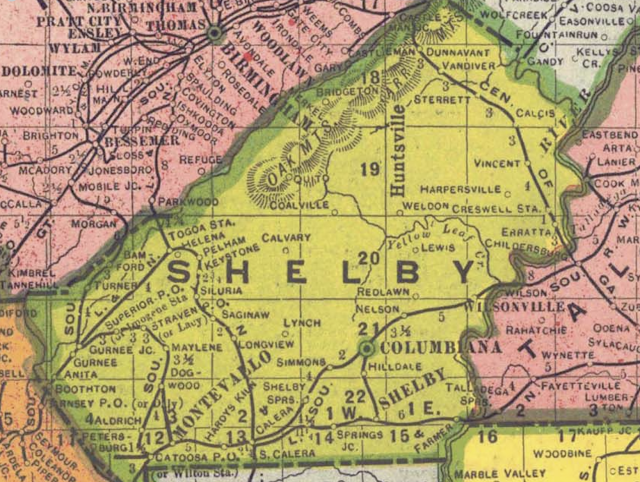I found the first photograph below in D. Antoinette Handy's Black Women in American Bands and Orchestras [1981]. Then I found it and a related photo at a web site devoted to the history of America's New Deal during the Great Depression. The photos show a girls' orchestra performing in Mobile under the auspices of the National Youth Administration. Let's investigate.
President Franklin Roosevelt signed an executive order creating the National Youth Administration in June 1935 and it operated as part of the Works Progress Administration until 1939. The NYA was discontinued in 1943 as the economic effects of World War II began to take effect. The agency paid grants to young people aged 16 to 25 to assist with job training and actual jobs in public works and service projects. That web site on the New Deal I mentioned has some detail from the NYA's final report about the orchestras sponsored by the agency.
There is another important Alabama connection at the NYA. The agency's Executive Director for its entire existence was Aubrey Willis Williams, who was born in Springville in St. Clair County on August 23, 1890. Despite his impoverished background, by the time he was 30 he had earned a PhD at the University of Bordeaux in France and begun a career in social work in Ohio and Wisconsin. President Roosevelt appointed him as Assistant Federal Relief Administrator under Harry Hopkins, an important New Deal figure and a close advisor to FDR.
When the National Youth Administration was organized, Roosevelt selected Williams to direct it. One of his early tasks required him to appoint a Youth Director for each of the 48 states; he picked future president Lyndon Baines Johnson to head the operation in Texas. The 26 year-old Johnson soon earned a reputation for fairness that included black participation in the agency's programs. This experience may have influenced President Johnson's Great Society programs and efforts such as Job Corps and Upward Bound.
In 1945 after the NYA had been dissolved, Roosevelt appointed Williams to be director of the Rural Electrification Administration. His support of blacks in federal programs meant that Southern senators did not support him and blocked his nomination.
He returned to Alabama to continue civil rights work, but attacks by Southern politicians who wanted to link integration and communism continued. These men included the powerful senator from Mississippi James Eastland and Governor George Wallace.
In 1945 Williams and Alabama journalist Gould Beech had purchased The Southern Farmer newspaper and turned it into a venue for liberal opinion and activity in the South. The paper eventually failed, and Williams returned to Washington, D.C., in the early 1960s. Despite suffering from stomach cancer, he attended Martin Luther King, Jr.'s March on Washington in August 1963. Williams died on March 15, 1965.
Aubrey Willis Williams [1890-1965]
Source: Library of Congress via Wikipedia
















































